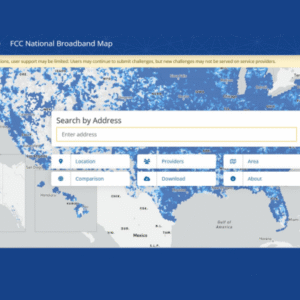Capital District Municipal Finances
Local governments are required to submit annual financial reports for review by the New York State Comptroller’s office, which is also charged with the responsibility for designing the report forms and the uniform system of accounts upon which they are based. Periodic examinations of the accounts of local governments are conducted by municipal examiners, who not only check internal controls, State compliance, and financial reporting, but also assist local officials in instituting improved financial management procedures.
Data extracted from budgets, annual financial reports, and other documents which local governments file are published in the Special Report on Municipal Affairs which the Comptroller must submit to the Legislature annually. The annual financial data, as well as information from other sources, have undergone rigorous desk review, statistical comparisons, and computer edit checks to assure validity prior to publication. The data are presented as a statistical overview, and are not intended to provide detailed accounting or legal information concerning the finances or financial condition of local governments. For example, the fact that certain local governments have expenditures in excess of revenues in a particular year does not necessarily mean that the local government has an operating deficit. Other financing sources such as borrowings or the appropriation of fund balance are not classified as revenues and may account for the apparent shortfall. Detailed financial information is available for any individual locality by contacting the New York State Comptroller’s Office.
CDRPC has taken selected data on revenues and expenditures from the Comptroller’s Special Report and summarized it in the following tables. Note that an N/A entry indicates that a municipality did not report its financial data in time for inclusion in the Annual Report.
Revenue Definitions
Real Property Taxes: Ad valorem real property taxes (taxes levied according to real property value), plus special assessments levied on real property on the basis of benefit; and the interest and penalties on taxes (inclusive of water and sewer rents), settlement of railroad taxes, payments in lieu of taxes, and gain from sale of tax acquired property.
Sales Tax: Receipts from a county sales tax.
State Aid: The total of aid from the State for various categories including general purposes, education, public safety, health, transportation, social services, economic assistance and opportunity, culture and recreation, home and community services, natural resources, etc.
Federal Aid: Federal aid for the various categories enumerated under State Aid.
Other: This includes off track betting surtax, tax on hotel room occupancy, harness and flat track admission tax, privilege tax on coin operated devices, interest and penalties on non-property taxes, utility revenues, revenues received from other local governments, interest on investments, departmental income, licenses, permits, rentals, sales, fines and forfeits, recoveries, refunds, repayments, etc.
Expenditure Definitions
General Government: Executive, legislative, judicial and financial operations.
Health & Public Safety: Expenditures for municipal hospitals and nursing homes, public health administration, mental health programs, addiction control services, and all other health services; police service, sheriff, jail, rehabilitation services, probation; and fire protection and prevention plus other public safety expenditures for traffic control, civil defense, public safety administration, building inspection, animal control, examining boards, the D.A.R.E. program, etc.
Transportation & Utilities: Road and bridge maintenance; snow removal; airport, bus, and parking operations; and operation and administration of water and sewer systems.
Economic Assistance: Expenditures to promote the economic welfare of residents, including expenditures for infirmaries and social services administration and programs.
Other: Recreation and cultural programs and facilities, community college contributions and tuition payments, handicapped student educational expenditures, garbage collection and disposal, drainage and storm sewers, housing and community development, natural resources, activities intended to improve the general environment, and debt service.


